What is oxygen? Why is it important in beer fermentation?

suitable equipment
- Use oxygen-impermeable materials for storage and handling, such as stainless steel or food-grade plastic.
- Ensure the airtight seal of fermentation vessels, kegs, and other containers.
- Use equipment with minimal headspace to reduce the amount of air that comes into contact with the beer.
How to Control Oxygen Content in Beer Fermentation
- Proper wort aeration: Proper wort aeration is essential to ensure that the yeast cells have enough oxygen for fermentation. Brewers can aerate wort using some methods, including shaking the wort, using oxygen stones, or using pure oxygen.
- Temperature control: Maintaining a constant temperature during fermentation helps control the oxygen content in the wort. As mentioned earlier, lower temperatures may result in lower oxygen levels.
- Proper Yeast Handling: Proper yeast handling is also important in controlling oxygen levels during fermentation. This includes making sure the yeast is healthy and active, as well as storing it to prevent contamination.
- Use of the Headspace Blanket: The headspace blanket is a layer of gas that sits on top of the fermentation vessel to help prevent oxygen from entering the wort. This can be achieved by using gases such as carbon dioxide or nitrogen.
maintain good hygiene
- clean and sanitize all brewing equipment, including fermenters, hoses, and valves, to cut any potential source of oxygen ingress.
- Pay special attention to seals, gaskets, and connections to ensure they are free of contaminants and are sanitized.
- inspect and replace worn or damaged seals to maintain airtight conditions.
minimize diversion
- Use dedicated fermenters equipped with airlocks to cut the need for shelves during primary fermentation.
- Consider conical fermenters with built-in yeast harvesting, eliminating the need for more transfers.
- A closed-loop transfer system minimizes exposure to oxygen during the transfer from fermenter to keg or bottle.

control carbonation
- Choose carbonation methods that limit oxygen exposure, such as natural carbonation in closed fermentation vessels or backpressure filling in kegs or bottles.
- Avoid excessive stirring or splashing during carbonation to prevent oxygen absorption.
- Kegs and bottles are purged with carbon dioxide before filling to exclude residual oxygen.
use inert gas
Consider packaging options
- Choose canned instead of bottled, because canned can better prevent oxygen from entering.
- If using a bottle, choose a dark glass bottle and make sure it is sealed with an oxygen-absorbing cap or closure.
- Temperature. beer should be kept cold enough to still be foamy when poured (34°F/1°C).
- Rinse/sterilize packaging. Oxygenated sanitizers and even undegassed residual rinse water can increase dissolved oxygen.
Optimizing the filling process
- Adopt automatic filling equipment to cut oxygen absorption.
- Use hypoxic or back pressure filling machines for kegs and bottles to maintain controlled conditions.
- Flush the packaging container with an inert gas immediately before filling it to remove any residual oxygen.
in conclusion
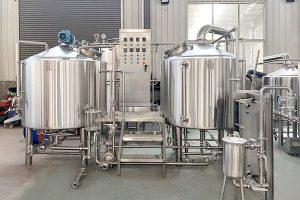
Fabricante de equipos para fábricas de cerveza Los suministros de elaboración de cerveza proporcionados por Micet Craft pueden satisfacer sus necesidades de elaboración de cerveza,
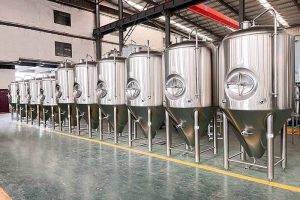
China fabricante y proveedores de equipos de elaboración de cerveza Micet Craft ha colaborado con cervecerías de muchos países del mundo para suministrarles equipos de
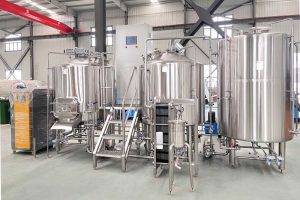
Best brewhouse equipment manufacturer from china Brewing good beer requires brewhouse equipment. Whether you are brewing beer for home, business or brewery, Micet Craft can
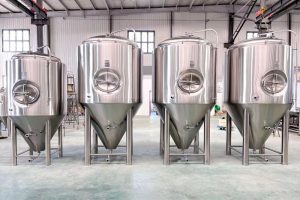
China stainless steel fermentation vessels manufacturer The fermentation tank is where the beer carry out the fermentation process, it provides a place suitable for life
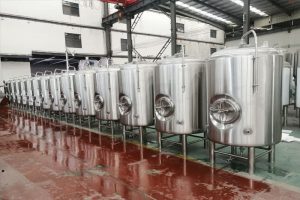
Tanque de cerveza brillante profesional fabricante de China El tanque brillante es un recipiente para almacenar y carbonatar la cerveza, también se le llama tanque

El mejor fabricante de sistemas de elaboración de cerveza de china Micet Craft es un fabricante profesional de sistemas de elaboración de cerveza en China.
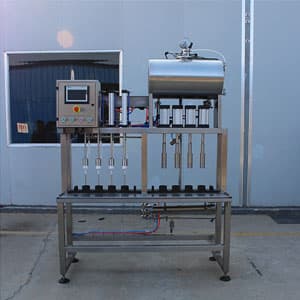
Clasificación de la máquina de llenado de cerveza La máquina llenadora de cerveza es el equipo central de la línea de producción de cerveza. Nuestro

Fabricante de equipos para fábricas de cerveza Los suministros de elaboración de cerveza proporcionados por Micet Craft pueden satisfacer sus necesidades de elaboración de cerveza,

China fabricante y proveedores de equipos de elaboración de cerveza Micet Craft ha colaborado con cervecerías de muchos países del mundo para suministrarles equipos de

Best brewhouse equipment manufacturer from china Brewing good beer requires brewhouse equipment. Whether you are brewing beer for home, business or brewery, Micet Craft can

China stainless steel fermentation vessels manufacturer The fermentation tank is where the beer carry out the fermentation process, it provides a place suitable for life

Tanque de cerveza brillante profesional fabricante de China El tanque brillante es un recipiente para almacenar y carbonatar la cerveza, también se le llama tanque

El mejor fabricante de sistemas de elaboración de cerveza de china Micet Craft es un fabricante profesional de sistemas de elaboración de cerveza en China.

Clasificación de la máquina de llenado de cerveza La máquina llenadora de cerveza es el equipo central de la línea de producción de cerveza. Nuestro

